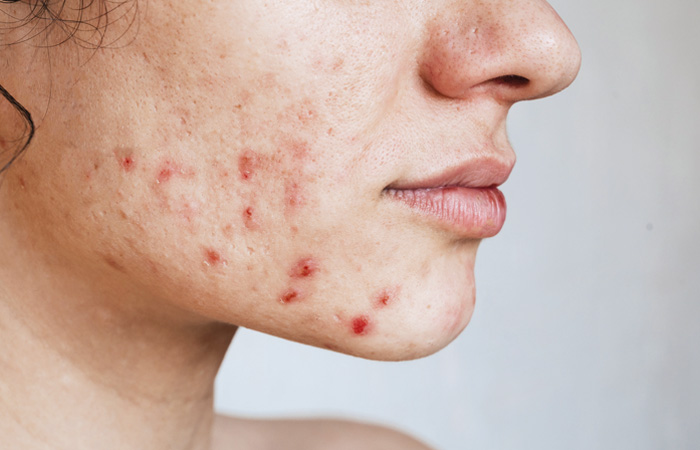Acne
Acne affects up to 95 per cent of adolescents (aged 12-24 years) to some extent and can impact on individuals for variable periods. It always affects the face but can also occur on the back and, less commonly, the upper chest.
Comedones (blackheads and whiteheads) are always present but there may also be inflammatory lesions – papules (small red bumps that may feel sore) and pustules (pus-filled spots). There may be larger nodules or cysts that are often painful. When acne lesions heal, they can leave atrophic (pitting) scars or hyperpigmented patches.
Acne is often classified as mild, moderate or severe:
- Mild acne: mainly comedones with few inflammatory lesions
- Moderate acne: more widespread with greater numbers of inflammatory papules and pustules
- Severe acne: widespread inflammatory papules, pustules and nodules or cysts. Scarring may be present.
Acne is no more common or severe in pigmented skin but post-inflammatory hyperpigmentation (PIH) can be more marked in people with skin of colour. Early treatment may help to reduce the risk of PIH development.
Reflection exercise
- Make a list of the oil-free moisturisers and sunscreens available in your pharmacy
- Make a list of the mild syndet wash products available in your pharmacy.

